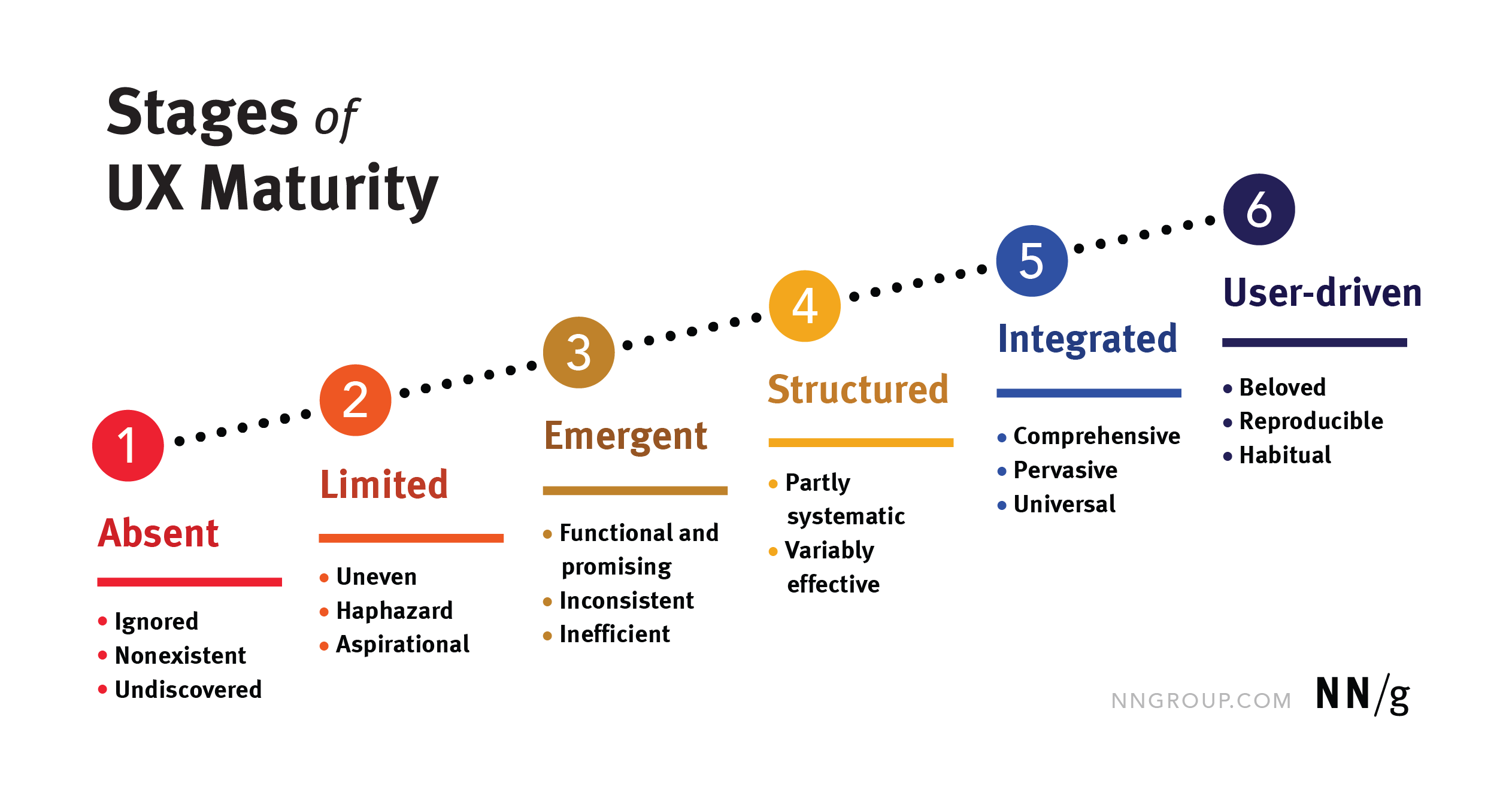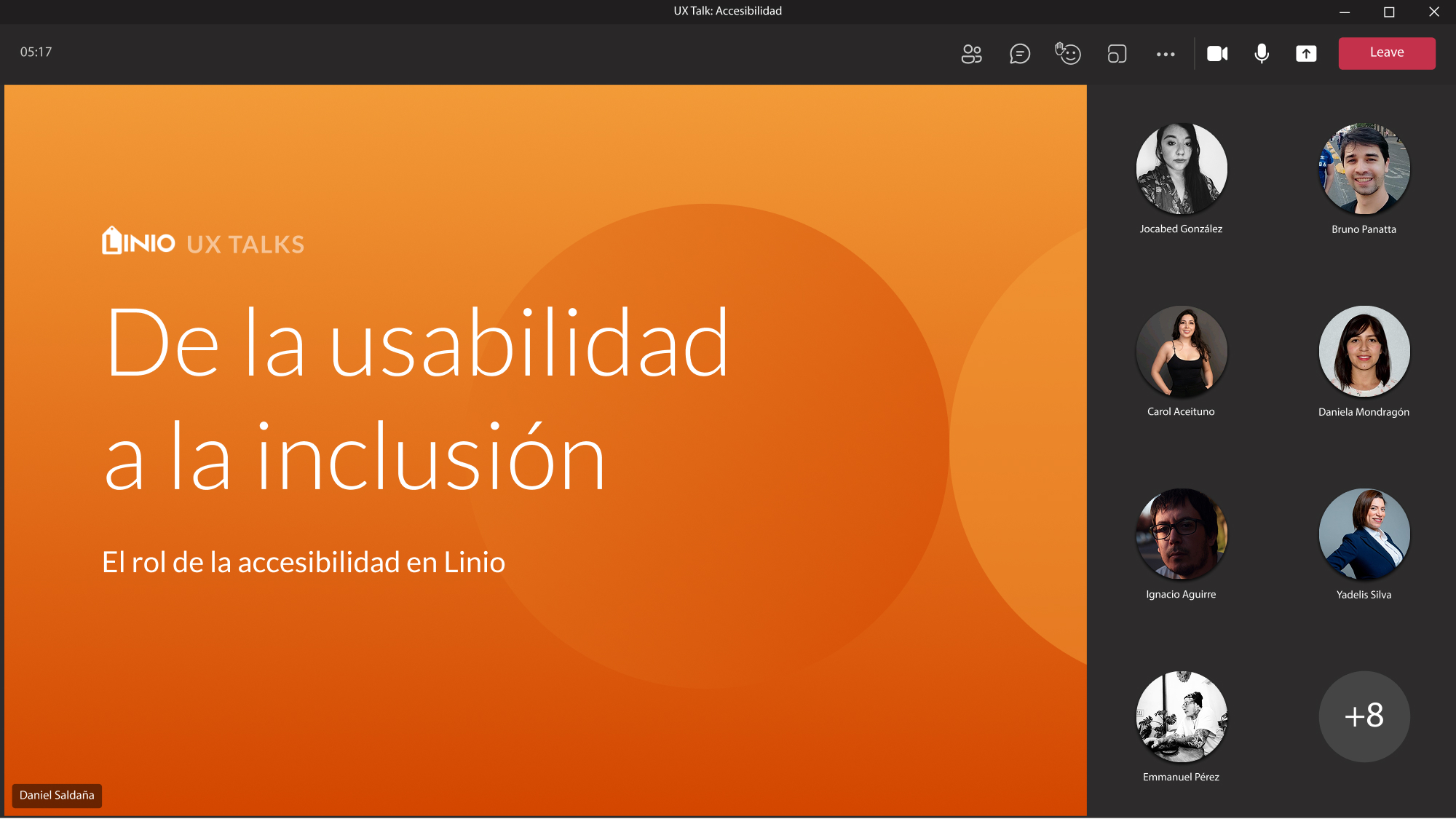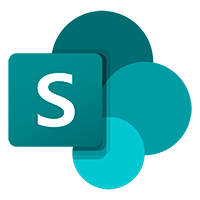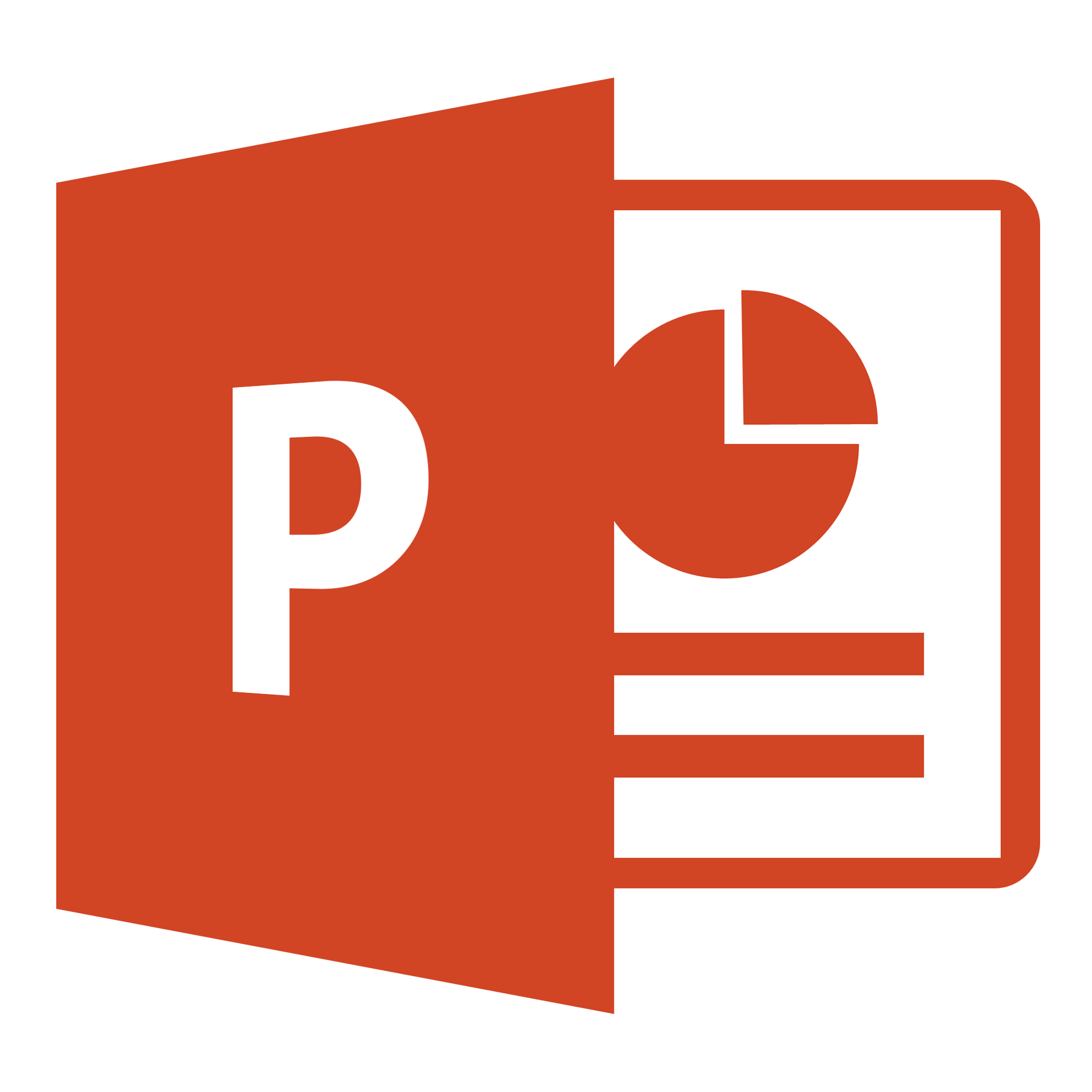LINIO · LATAM · 2021/2022
Building a UX culture at Linio from silos to leadership

Role
UX Lead
Category
UX Culture
Platform
Web, iOS, Android
Date
2021/2022
About Linio
Linio is a leading e-commerce platform in Latin America, operating Chile, Colombia, Peru, Mexico, and Argentina
It offers a wide range of products—from electronics and appliances to fashion and home goods—through a marketplace model that connects buyers with local and international sellers. With millions of monthly visitors, Linio focuses on delivering a seamless online shopping experience tailored to the diverse needs of the region’s consumers.
Context
Fragmented practices and low visibility
Linio operated in multiple countries and platforms (web, iOS, Android), but lacked consistency in design and user experience. Patterns, flows, and components varied between platforms, creating friction for users and inefficiencies for teams.
The UX team itself had limited visibility within the organization. Research insights were rarely prioritized in the roadmap, and user testing cycles took too long to influence decision-making. At the same time, A/B testing was almost nonexistent, leaving the company without a reliable way to validate hypotheses quickly. As a result, design quality, speed of learning, and strategic influence of UX were all limited.
Goal
Establishing a unified and strategic UX culture
The goal was not just to fix inconsistencies in design, but to elevate UX as a central driver of product decisions across Linio’s five markets. This required:
- Bringing consistency across web, iOS, and Android.
- Increasing the visibility and influence of the UX team.
- Building faster validation processes through A/B testing and lightweight research.
- Ensuring that UX insights were prioritized and had a real impact on product strategy.
Process
From assessment to advocacy
Building a UX culture at Linio required a structured yet flexible process that combined analysis, education, and cross-team collaboration. I started by assessing the current level of UX maturity to identify gaps and opportunities. From there, I designed initiatives that not only strengthened the skills of the UX team but also expanded our influence across the organization.
The process moved through several layers: creating spaces for knowledge-sharing with UX Talks, empowering team members as UX ambassadors, and building rituals such as a dedicated experimentation squad that brought UX into decision-making with product leadership. This combination of initiatives allowed UX to evolve from a siloed practice into a visible, influential driver of business impact.
UX maturity
To understand where we stood, I led a company-wide UX maturity assessment using Jakob Nielsen’s model
This framework helped map current practices, highlight gaps in research, collaboration, and testing, and set a baseline to measure progress.
This assessment also helped create a shared language around UX across teams, allowing stakeholders to understand strengths, weaknesses, and opportunities in a clear, structured way. It became a foundation for prioritizing initiatives and aligning leadership support.

UX Talks
We created an internal program called UX Talks, where UX team members presented topics such as accessibility, inclusion, design processes, and tools to developers, PMs, and stakeholders.
Beyond knowledge transfer, UX Talks fostered cross-functional engagement and dialogue, encouraging teams to ask questions, share ideas, and gradually adopt UX thinking in their daily work. It became a visible platform for showcasing UX value.

UX Ambassadors
I worked on strengthening the soft skills of the UX team so they could act as ambassadors within their squads
This allowed them to become trusted references, advocate for the user perspective, and spread UX thinking beyond the design team.
Over time, this created a network of internal champions who could influence product decisions, mentor peers, and ensure UX principles were consistently applied across multiple projects and markets.
Jocabed González — UX Research
Jocabed brought a strong research mindset to the team, with the ability to turn complex user data into actionable insights. Her UX Talk centered on practical methods for conducting lean research under tight deadlines, making it easier for squads to integrate user feedback into their decision-making. Her clarity and passion for amplifying the user’s voice helped elevate the role of UX Research within the product roadmap.
Daniel Saldaña — Accessibility
Daniel became the team’s advocate for accessibility, consistently highlighting its importance not just as a compliance requirement but as a key enabler of inclusive experiences. In his UX Talk, he introduced practical guidelines and shared examples that made accessibility approachable for developers, PMs, and stakeholders. His ability to combine empathy with actionable recommendations positioned him as a true champion of inclusion at Linio.
Emmanuel Pérez — Design Systems
Emmanuel quickly stood out as a natural reference for anything related to Design Systems. His UX Talk focused on how a unified system like Nova could reduce inconsistencies, improve scalability, and accelerate collaboration between designers and developers. His clear communication and deep technical knowledge helped different squads understand the tangible value of building and maintaining a strong design foundation.
Driving experimentation
I co-created and led a cross-functional Experimentation Team together with PMs from different squads
We met weekly to track ongoing tests, review metrics, propose new hypotheses, and share results with stakeholders, product directors, and the CPO.
This initiative not only accelerated learning and decision-making but also cultivated a culture of curiosity and data-driven thinking. Teams became more comfortable validating assumptions quickly and iterating based on evidence rather than intuition.

Google Analytics

Google Optimize

CrazyEgg
Enablers and tools
To support the UX culture transformation, we implemented a set of practical tools and systems that made collaboration and consistency easier across teams and countries
The design system, research repository, and onboarding materials provided a shared foundation for quality and efficiency. These enablers allowed the team to scale best practices while keeping user-centered thinking at the core of every project. By embedding these tools into daily workflows, UX became not only more visible but also more impactful in driving business decisions.


Figma

Sharepoint

Microsoft Teams

Slack

PowerPoint

Excel
Outcomes
Cultural and business impact
The initiatives we implemented led to significant improvements both for the UX team and the broader organization. By establishing shared principles, rituals, and tools, UX became more visible and influential in product decisions. Teams were able to work more efficiently, collaborate more effectively across countries, and validate ideas faster through experimentation. Overall, these changes strengthened the culture of user-centered thinking while delivering measurable business impact.
- Consistency across platforms: Nova reduced design fragmentation between web, iOS, and Android, enabling faster and more cohesive product delivery.
- Visibility of UX: UX Talks and ambassadors helped the team gain credibility and influence, making UX insights part of strategic discussions.
- Faster validation cycles: The experimentation team introduced A/B testing as a standard practice, cutting down learning time from months to weeks.
- Research prioritization: The new repository and rituals gave UX Research a seat at the table, ensuring insights were considered when shaping the roadmap.
- Cultural shift: Collaboration, experimentation, and user-centered thinking became stronger values across squads and countries.
Key learnings
- — A clear maturity diagnosis created urgency and alignment.
- — Bottom-up initiatives (ambassadors, talks) complemented top-down support (CPO backing experimentation).
- — Culture grows through repeated rituals — weekly experimentation sessions and monthly UX talks became the backbone of the change.
Let’s create great experiences together!
Whether you want to discuss a project, collaborate, or just connect, feel free to reach out.


